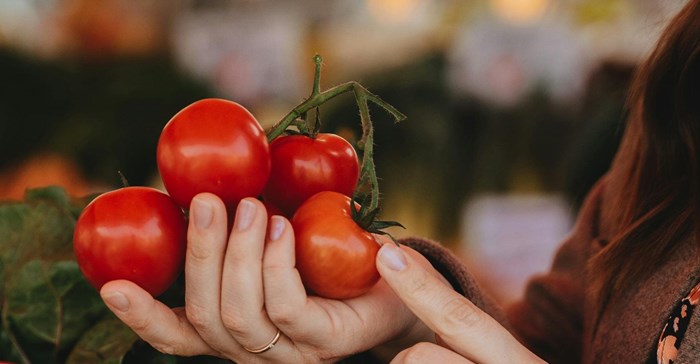
Related




South Africa inflation lifts slightly ahead of close rate call
Anathi Madubela and Sfundo Parakozov 19 Nov 2025


US, Japan, and Eurozone's central banks diverge in rate policies
Izak Odendaal 4 Nov 2025
Top stories






More news












This adjustment comes against a backdrop of relative stability, with inflation rates consistently hovering between 5% and 6% since September 2023.
Notably, the monthly change in the Consumer Price Index (CPI) for March 2024 registered at 0.8%, marking a decrease from the 1.0% uptick observed in February 2024. These shifts underscore the nuanced dynamics shaping the country's inflationary landscape.
The categories with the highest annual price changes in March were:
The increase in miscellaneous goods & services was mainly driven by higher health insurance premiums, recorded by Stats SA in February. As reported in last month’s review, the average price of health insurance increased by 12.9% in 2024.
The 6.0% annual rise in the health index was driven by increased prices of medical products and medical services.
Inflation for food and non-alcoholic beverages (NAB) slowed to 5.1% in March from 6.1% in February. This is down from its recent peak of 14.0% in March 2023, and is the lowest annual increase since September 2020 when the rate was 3.8%.
Bread & cereals registered a softer annual print of 5% from February’s 6.1%. The rate is substantially lower than the recent high of 21.8% in January 2023. Bread flour, pasta, rusks, maize meal, ready-mix flour and white bread are less expensive than a year ago.
Meat inflation also cooled in March on the back of lower beef and mutton prices. The annual rate for meat in March was 0.8%, significantly lower than the recent peak of 11.4% in February 2023.
Annual inflation for sugar, sweets & desserts has remained above the 15% level since June 2023.
The rate in March 2024 was 17.8%. Products with the most significant annual price increases include brown sugar (up 22%), white sugar (up 20.1%), chocolate slabs (up 17.9%) and chocolate bars (up 15.9%).
Additional significant price fluctuations observed in March were: